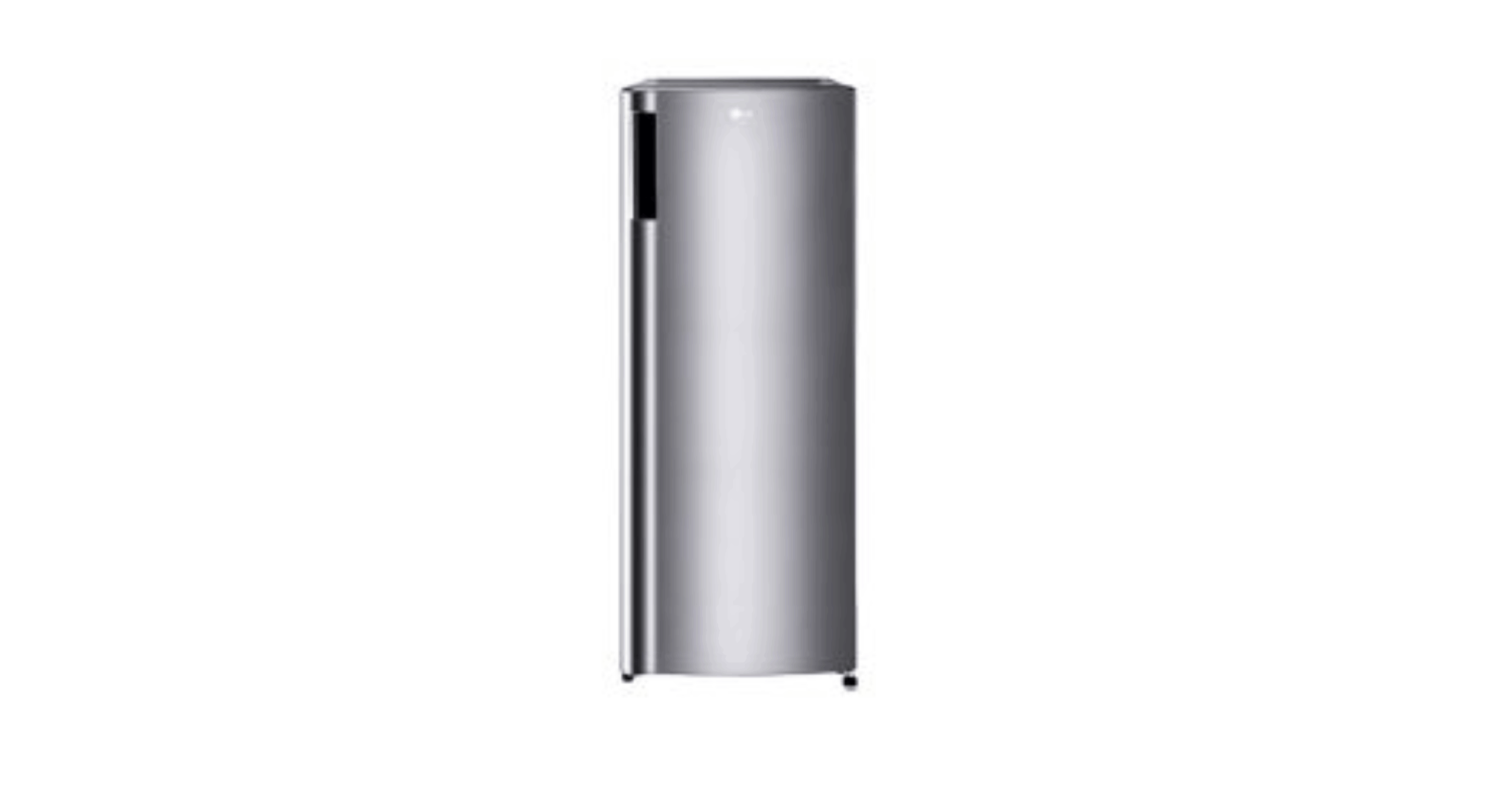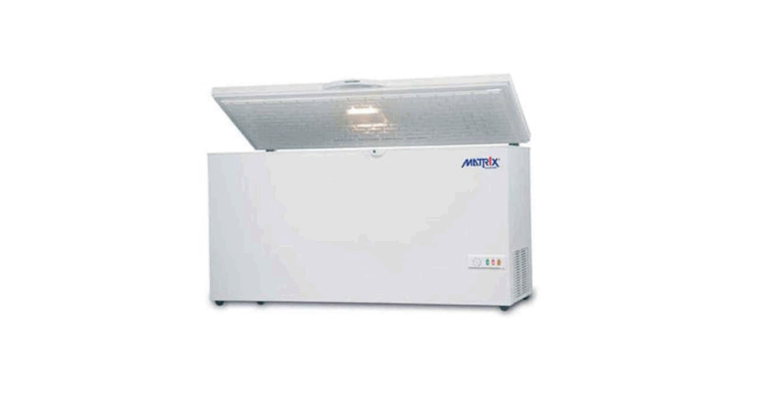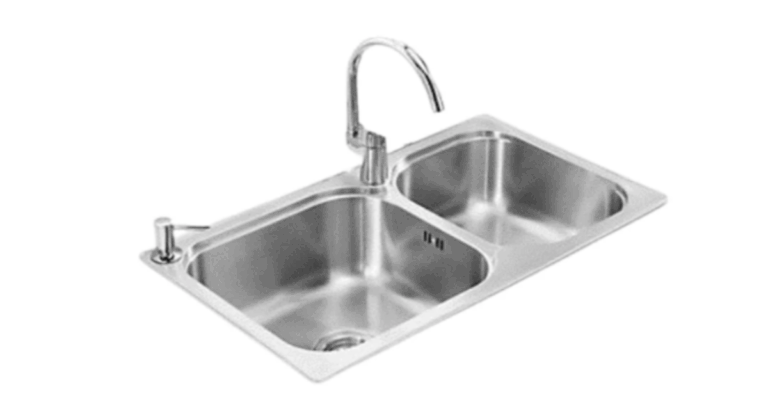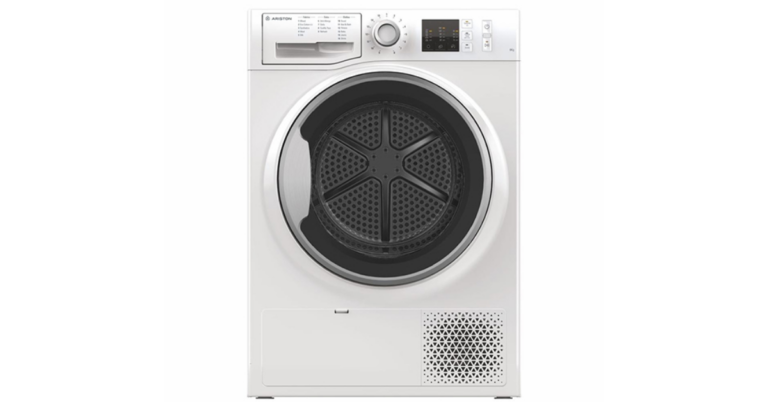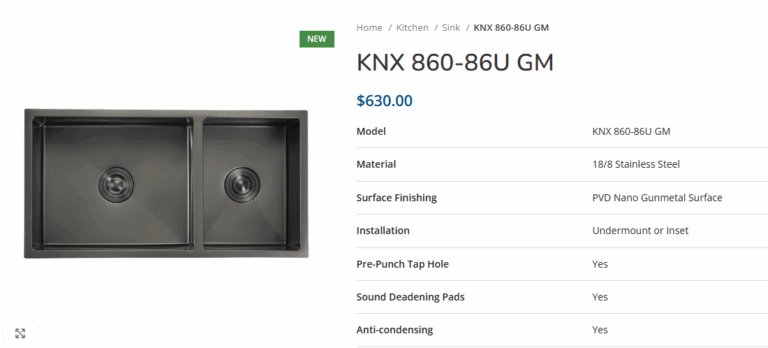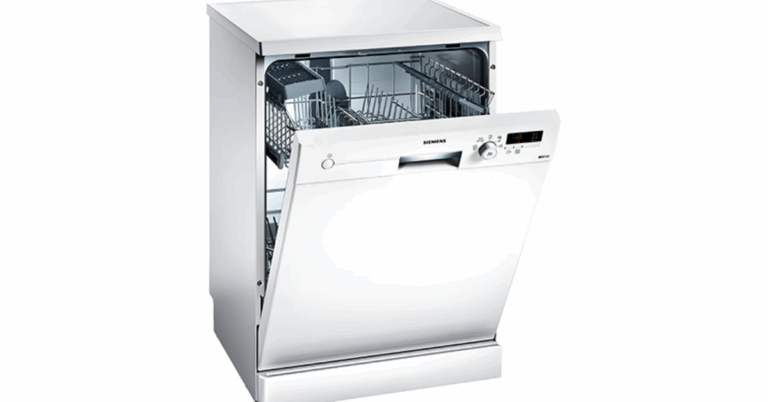Cruise Freezer 204L: The Ideal Choice for Marine Refrigeration
In the demanding environment of marine operations, reliable storage and preservation of perishable goods aboard vessels are essential. The Cruise Freezer 204 L emerges as a compelling solution tailored specifically for cruise ships, yachts, and other maritime settings. Offering 204 liters of upright freezer space with robust construction and marine-grade components, it helps ship operators, galley managers, and marine caterers maintain food safety and operational efficiency under the challenging conditions of life at sea.
Introduction: The Need for Marine-Grade Freezing Solutions
Cruise ships and other marine vessels face extraordinary constraints on space, power, vibration, and salt exposure. Storing food, seafood, medical supplies, and other perishables safely over prolonged voyages demands equipment built to marine standards. Conventional domestic freezers often fail under these stresses — they may struggle with unstable power, high ambient temperatures, or corrosion from salt air. A purpose-built unit like the Cruise Freezer 204 L is engineered to meet these challenges, offering durability, consistent performance, and compact efficiency.
Key Specifications & Design Features
While many upright freezers are designed for land-based usage, the Cruise Freezer 204 L is optimized for marine environments. Key features typically include:
-
Capacity & Layout: 204 liters of usable volume, usually with multiple shelves or drawers to help organize various frozen goods.
-
Upright/Vertical Design: Saves deck footprint compared to horizontal (chest) freezers, making it suitable for narrow galley or storage locations.
-
Robust Build Materials: Corrosion-resistant stainless steel exterior and interior components, marine-grade hinges, gaskets, and hardware to resist the harsh salt-laden air.
-
Temperature Range: Designed to maintain consistent freezing at –18 °C to –25 °C (or better), even under fluctuating ambient conditions.
-
Insulation & Seals: High-quality insulation and heavy-duty door seals minimize thermal leakage in warm environments.
-
Power & Electrical Considerations: Compatibility with marine power systems (often 110 V or 220 V, 50/60 Hz) and high tolerance to voltage fluctuations.
-
Easy Defrost & Maintenance: Manual or semi-automatic defrosting, accessible interior design, removable shelves or baskets, and serviceable mechanical components.
-
Vibration & Shock Resistance: Internal bracing or dampers to handle the constant motion of the ship.
-
Drip & Drain Systems: Efficient drainage for defrosted water, directed overboard or into collection trays, designed to avoid internal corrosion.
These features distinguish a marine-grade freezer from an ordinary domestic unit — the former is built to endure maritime stresses for years.
Applications of the 204 L Cruise Freezer
1. Food Storage for Long Voyages
Cruise ships must carry a wide variety of frozen foods — meat, seafood, vegetables, ice cream, desserts, and ingredients procured en route. A reliable freezer system helps preserve freshness, prevent spoilage, and maintain food safety standards throughout the voyage.
2. Galley & Catering Support
In commercial cruise kitchens, efficient access to frozen goods is crucial during service hours. The upright design of a 204 L freezer allows chefs and crew to reach frozen items quickly without rummaging through stacked containers.
3. Emergency & Backup Supply
Even as part of a larger cold chain onboard, a 204 L freezer can serve as a buffer or overflow storage unit, supporting redundancy in case primary freezers become overloaded or require maintenance.
4. Scientific & Medical Use
Ships with onboard laboratories or medical facilities may need low-temperature storage for reagents, samples, or medications. The 204 L capacity offers a mid-sized option for marine research or health requirements.
Advantages & Benefits
Efficient Utilization of Space
Marine environments prize compact, efficient layouts. With its upright orientation and moderate footprint, the 204 L freezer offers a balance between capacity and deck space economy.
Energy Efficiency
Because it is sized appropriately — not overly large — the Cruise Freezer 204 L can operate more efficiently than oversized units. It often features optimized insulation, minimal thermal loss, and well-sealed access points to reduce power consumption.
Reliability & Longevity
Marine-grade materials, corrosion protection, and rugged design reduce downtime, repair costs, and failure risk — essential in remote sea settings where technical support is limited.
Flexibility & Modularity
These units can be installed in different parts of the ship — in the galley, cold storage rooms, or service corridors — offering flexibility in layout design. Multiple units can be networked or zoned to share workloads.
Installation & Operational Considerations
Placement & Ventilation
Adequate clearance around the freezer is crucial for airflow and heat dissipation. Ventilation paths must remain free of obstructions, and exhaust must be directed properly to avoid heating galley spaces.
Electrical Supply
Shipboard power systems can fluctuate. The freezer must be compatible with the ship’s voltage, frequency, and grounding systems, and ideally include surge protection or power conditioning.
Mounting & Vibration Isolation
Secure anchoring and vibration isolation are necessary to prevent shifting during rough seas. Isolation pads or shock absorbers help protect components and reduce noise.
Maintenance & Servicing
Routine cleaning, gasket inspection, defrosting, and checking of condenser coils are essential. Design features like removable panels and modular parts ease maintenance tasks.
Corrosion Protection
Careful attention to seal integrity, drainage routing, and protective coatings prevents saltwater ingress and corrosion over time.
Monitoring & Alarm Systems
Onboard systems may integrate sensors for temperature, door open alerts, or power faults. Integration with ship management systems ensures early warning of freezer malfunctions.
Challenges & Mitigation Strategies
Salt Air & Corrosion
Marine environments expose equipment to salt spray and humid air, which accelerates corrosion. Mitigation includes using stainless steel, protective coatings (e.g. epoxy or powder coatings), and frequent rinsing or maintenance of exterior surfaces.
Power Instability
Voltage dips or surges are common on ships. Installing voltage stabilizers, surge suppressors, or using tolerant compressor designs mitigates the risk of damage.
Thermal Load & Ambient Heat
Galleys and engine rooms often generate significant heat. Proper insulation, airflow separation, and placement away from heat sources help ensure the freezer can maintain target temperatures.
Mechanical Stress from Motion
Constant movement and mechanical stress can shake components loose. Regular preventive maintenance, secure mounting, and shock-damping elements help maintain system integrity.
Load Fluctuations
During busy periods, load on the freezer can spike. Oversizing the compressor capacity slightly, or staging multiple units, helps manage variable demand without overburdening a single unit.
Performance Expectations & Benchmarks
For a well-specified 204 L marine freezer, performance metrics to expect include:
-
Power Consumption: Around 1.0–1.5 kWh per 24 hours under nominal loading (depending on insulation, usage, ambient conditions).
-
Temperature Stability: Ability to maintain –18 °C to –25 °C under design conditions, with minimal fluctuation.
-
Recovery Rate: After door openings, the freezer should recover to target temperature quickly (within reasonable margins) to protect contents.
-
Longevity: With proper maintenance, a marine freezer can run reliably for 8–15 years or more.
-
Fault Resilience: Built-in protection against overcurrent, compressor overload, and control circuit faults.
Ship operators often monitor parameters like temperature logs, power consumption trends, and maintenance cycles to benchmark actual performance against expectations.
Case Scenario: Using a 204 L Upright Freezer on a Mid-Sized Cruise Vessel
Imagine a mid-sized cruise vessel with multiple dining venues and some satellite tourism excursions. The ship’s provisioning department must carry sufficient frozen supplies for 7–10 days plus reserves.
A 204 L upright freezer may be installed in a forward cold-room wing adjacent to the galley. Two identical units might work in tandem: one handling seafood and meats, the other desserts, vegetables, and bulk items. Crew can access frequently used items from the front, while deeper-stored items reside in rear shelving.
Routine defrosting can be scheduled during overnight hours when usage is minimal. The units are monitored via the ship’s automation system, which triggers alerts if temperatures rise above threshold. Should one freezer require maintenance, the other can absorb the temporary load, minimizing disruption.
Over time, logging power usage helps operating staff detect degradation (e.g. increased kWh usage) and prompt timely service before failures.
Best Practices for Operation & Maintenance
-
Routine Inspection: Check door seals, hinges, and latches daily. Replace or recondition gaskets before they leak.
-
Scheduled Defrosting: Even manual defrost systems should be carried out regularly to prevent thick ice buildup, which reduces efficiency.
-
Clean Condenser & Coils: Every few weeks, remove dust and debris; fouled coils reduce heat transfer and spike energy load.
-
Lubricate Moving Parts: Hinges, fans, and compressor components should receive proper lubrication as per manufacturer guidelines.
-
Check Electrical Connections: Tighten loose wiring, inspect for corrosion, and monitor voltage stability.
-
Leveling & Anchoring: Confirm that the unit remains level and secure; vibration or shifting can stress components over time.
-
Record Logs: Maintain logs of temperature readings, power usage, defrost cycles, and maintenance performed.
-
Plan Redundancy: Where operations are critical, use more than one freezer to allow shifting loads during maintenance or repair.
-
Spare Parts Inventory: Carry essential spares onboard such as gaskets, condenser fans, fuses, or control modules to reduce downtime.
-
Crew Training: Ensure galley and technical staff understand correct loading practices (e.g. avoiding overpacking, proper spacing), door discipline, and basic troubleshooting.
Future Trends & Innovations
As marine technology evolves, Freezer 204 L designs may incorporate:
-
Smart Controls & IoT Monitoring: Integrated sensors, remote diagnostics, predictive maintenance alerts, and logging via ship’s network.
-
Variable-Speed Compressors: Adapting output dynamically to load and ambient conditions, reducing wear and power use.
-
Improved Insulation Materials: Next-generation insulating foams or vacuum panels to reduce thickness and weight while maintaining thermal performance.
-
Eco-Friendly Refrigerants: Adoption of low-global-warming-potential and non-flammable refrigerants that comply with evolving environmental regulations.
-
Modular & Stackable Designs: To allow scalable freezing capacity in tight footprint space.
-
Solar or Hybrid Power Support: In energy-conscious or off-grid vessels, freezers that can draw from renewable or hybrid power systems.
These developments can further enhance the operational efficiency, resilience, and sustainability of marine freezing systems.
Conclusion
In the demanding marine environment, a dedicated Cruise Freezer 204 L offers a balanced and dependable solution for preserving perishable goods aboard vessels. Its upright form factor, marine-grade design, reliable thermal control, and resilience under variable power and motion make it a strong candidate for cruise lines, yachts, research vessels, and supply ships. When installed thoughtfully and maintained diligently, it can contribute significantly to food safety, operational continuity, and cost efficiency at sea.

